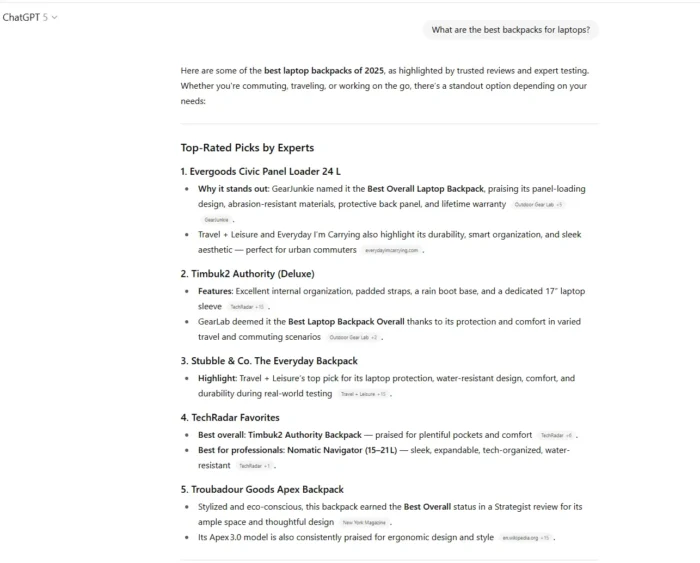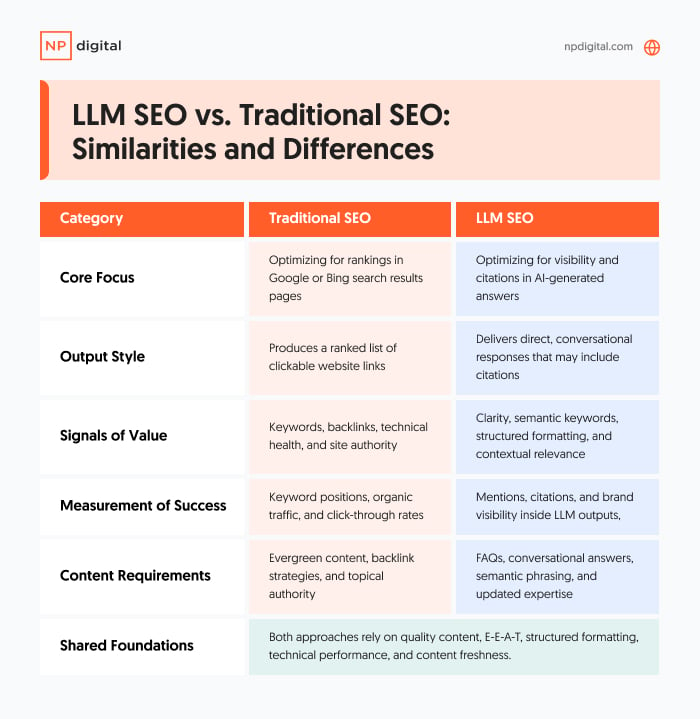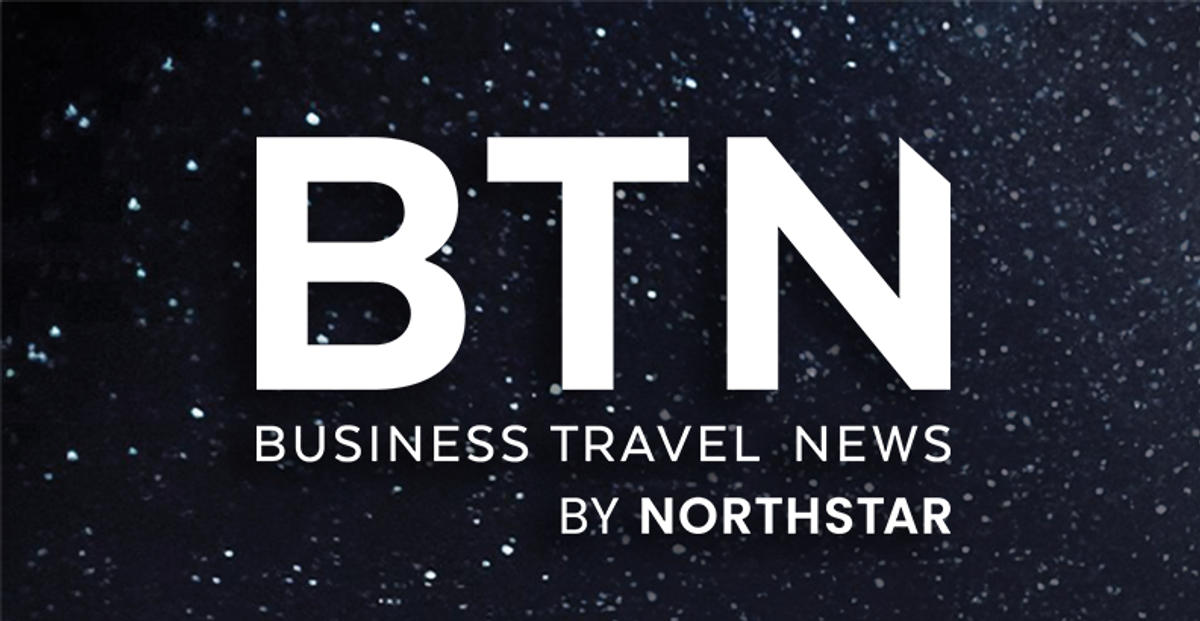Everything we know about Apple’s Vision Pro headset
Illustration: Kristen Radtke / The VergeApple’s long-rumored virtual and augmented reality headset Vision Pro headset launches in February. Here’s a timeline of all the details that have emerged about the device over the years and what we know so...
/cdn.vox-cdn.com/uploads/chorus_asset/file/23598986/VRG_Illo_5258_K_Radtke_WWDC.jpg)
Deal Alert: free polishing cloth with Vision Pro purchase.
Apple’s new Vision Pro headset may be expensive, but if you act quick and place a preorder for the $3,500 device on Friday, January 19th, the company will throw in an Apple Polishing Cloth, a $19 value, for free.
Apple Vision Pro prescription lenses will cost $149 extra
Image: Apple
When the Apple Vision Pro headset goes on sale on February 2nd, anyone who needs some vision-correcting lenses will need to account for an extra charge to add optical inserts from Zeiss. Apple says that readers will cost $99, while prescription lenses are $149. Footnotes from Apple indicate that both are available only online, not in stores, a “valid prescription is required,” and not all prescriptions are supported.
Which prescriptions are offered is something we may find out closer to the actual release, when the headsets are available both in-store and online. The launch press release didn’t go into much detail about the process for configuring the additional lenses, but preorders for the $3,499 headset will open beginning on Friday, January 19th, at 8AM ET.
Apple will probably try to steal some CES thunder with a Vision Pro announcement.
That’s according to Mark Gurman in today’s Power On newsletter in Bloomberg.
Apple doesn’t participate in CES, of course, but Gurman writes that he still expects an announcement about Apple’s fancy AR / VR headset to come “in the next week or so” ahead of a February release.
Jony Ive imagined the Vision Pro giving you Zoom eyes and sunglasses
Photo by Vjeran Pavic / The Verge
A new patent granted to Apple details how the company is thinking of using the Vision Pro’s external display to show what the wearer is looking at inside the device.
The patent, which includes Jony Ive as an inventor, details ways an outside screen on a generic head-mounted display could be used to indicate what the wearer is seeing to people around them. While the patent isn’t specifically about the Vision Pro and its “EyeSight” display feature, it’s clear that some of the ideas here informed the features in the final headset.
Apple reportedly plans Vision Pro launch by February
Image: Apple
Apple’s June announcement that it would launch the Vision Pro headset “early next year” could be very early. As Bloomberg’s Mark Gurman reports, things are lining up for the device to launch by February. He says we shouldn’t expect another launch event — which is understandable for a $3,499 device that will probably have a limited supply — but bringing this to market is a major undertaking that means preparing Apple Store employees to guide new users, adjust fitting, and deal with prescription lens options.
Launching the first new Apple hardware platform in years includes new software with visionOS, and Gurman is already pointing to its next version, which should arrive later in 2024 along with the usual Mac and iPhone software updates. Another element is the recent release of iOS 17.2, which enables the iPhone 15 Pro to capture 3D-encoded spatial videos in 1080p resolution at 30 frames per second, and you’ll need a headset to play them back in full detail.
Here’s what it’s like to watch a personal spatial video in a Vision Pro headset.
Apple’s upcoming mixed reality headset can play back stereoscopic 3D video shot on iPhone 15 Pro, and CNET’s Scott Stein got to load up some of his own spatial videos on a Vision Pro and watch them:
[My mom] sort of raised her eyebrows a bit, and the way she looked at me in 3D — at a scale close to normal size, with her seeming to make eye contact — made me feel like I was almost there. It made me want to climb through that fuzzy-bordered window and join my family again on the other side.
The Pico 5 headset might be canceled, but ByteDance isn’t done with VR.
ByteDance reportedly scrapped it after sales of last year’s Pico 4 “fell far short of ByteDance’s expectations,” according to a report by The Information. The last headset still hasn’t launched in the US, as political heat has stayed on ByteDance and its other well-known project, TikTok.
However, the report also claims Pico engineers are working on a long-term “Swan” concept to develop a high-end headset inspired by Apple’s Vision Pro.
Image: Pico
Setting up your Apple Vision Pro Persona looks kind of like setting up Face ID on an iPhone.
Check out the process in an onboarding video that 9to5Mac found in the latest visionOS beta.
The iPhone 15 Pro is getting spatial video capture in iOS 17.2
Photo by Vjeran Pavic / The Verge
Apple is rolling out its latest beta version of iOS 17, and it includes the ability to record spatial videos on the iPhone 15 Pro for viewing in the upcoming Vision Pro mixed reality headset. Those who have access to and install iOS 17.2 beta 2 on their devices can start filming videos with a 3D effect using the iPhone 15 Pro’s top two cameras when held sideways.
To enable the new feature, users can toggle the “Spatial Video for Apple Vision Pro” option in the Settings app. As 9to5Mac notes, Apple’s description says spatial video is captured in 1080p resolution at 30 frames per second, and a minute of footage takes about 130MB of storage.
It looks like 3D movies are coming to the Apple TV app.
Not your TV, though.
A beta version of the app shows support for 3D playback on the Vision Pro. Early titles including Jurassic World Dominion and The Boss Baby: Family Business.
The Samsung / Qualcomm / Google mixed reality headset might be at least a year away.
The three companies announced an Android AR / VR headset in February but with few details. UploadVR and Korean business outlet The JoongAng report rumors of a late 2024 launch, after Apple introduces its Vision Pro.
Last month Samsung closed a $218 million deal to acquire eMagin, a US company developing Micro OLED tech that execs have said could surpass the panel in the Vision Pro, could be two to three years from being commercialized.
Image: Samsung
Apple’s cheaper Vision Pro follow-up still won’t be cheap
Image: Vjeran Pavic / The Verge
Mark Gurman writes in his Power On newsletter for Bloomberg today that the more affordable follow-up to the Apple Vision Pro will “likely” ditch the external display to help it reach an internally-discussed price point between $1,500 and $2.500. Gurman also reiterates what he wrote in June — that the more affordable version will probably run on an iPhone-grade chip, have fewer cameras, and get lower-resolution screens inside.
Ditching the external display means Apple would lock one of the Vision Pro’s marquee features — EyeSight — behind the paywall of the more expensive versions. EyeSight is the thing that lets you see an on-the-fly render of the wearer’s eyes so they can “look” at you when you’re talking to them, and so you can tell, at a glance, if they’re occupied or if they’re actually seeing what’s in front of them.
Apple’s next Vision headset might ship from the factory with prescription lenses
Photo by Vjeran Pavic / The Verge
Mark Gurman writes in his Power On newsletter for Bloomberg today that a future Apple virtual reality headset could be smaller and lighter, and each unit could ship customized from the factory for people with impaired vision. With the first-generation Vision Pro, the company’s solution for glasses wearers is to stock optional Zeiss-made lenses in its retail stores, which creates its own problems with managing the supply, and turning its electronics store into a health provider.
The article points out how fraught tying a product to a custom display could be, given how prescriptions can change with time and how it would limit the ability to share the headset or resell it.
Apple’s headset will support screen mirroring to other devices.
One of the questions about how Vision Pro users will be able to share content with people who don’t have their own $3,500 headset may be answered, as MacRumors points out code discovered in Apple’s visionOS 1.0 beta 4 release about mirroring content to other devices and sharing via AirPlay or FaceTime.
Another string in the code is a new alert for situations where “This video has excess motion, and could cause discomfort if expanded.”
Apple Vision Pro shipments could be lower than expected.
In a new report, Apple analyst Ming-Chi Kuo says Apple will ship 400,000 to 600,000 of its mixed-reality headsets in 2024, an estimate that’s lower than the expected 1 million shipments.
That prediction tracks with a July report from The Financial Times, which similarly states that Apple is preparing to make less than 400,000 Vision Pro headsets next year.
Explaining the lossless, low-latency audio link between the USB-C AirPods Pro and Apple Vision Pro.
In an interview with Brian Tong on the Apple Blitz XL podcast, Apple VP of sensing and connectivity Ron Huang explains that while the second-gen AirPods Pro earbuds also have the H2 chip just like its new USB-C model, the new ones are capable of communicating at 5GHz instead of just 2GHz.
He says that’s why the new USB-C AirPods Pro earbuds have enough bandwidth to do lossless audio wirelessly when combined with the upcoming Vision Pro.
Apple:
The H2 chip in the latest AirPods Pro and Apple Vision Pro, combined with a groundbreaking wireless audio protocol, unlocks powerful 20-bit, 48 kHz Lossless Audio with a massive reduction in audio latency
Apple’s USB-C AirPods Pro will support lossless audio with the Vision Pro
Image: Apple
Update September 22nd, 1PM ET: In an episode of the Apple Blitz XL podcast, Apple’s Ron Huang explained that the USB-C AirPods can communicate at 5GHz, unlike the earlier models, enabling the lossless audio link to Vision Pro. Our original article continues below.
During its iPhone 15 event, Apple announced that the second-generation AirPods Pro will soon ship with a USB-C case. But it turns out the company quietly made other upgrades that go beyond swapping the case’s charging port. For one, the USB-C AirPods Pro have tacked dust resistance onto their existing water and sweat resistance: they’re rated IP54 versus the IPX4 of last year’s Lightning model. But perhaps more interesting is that these USB-C AirPods Pro will support lossless audio when used with Apple’s upcoming Vision Pro headset.
Apple’s Vision Pro headset is on track to ship early next year
Image: Vjeran Pavic / The Verge
Back in July, Apple announced that developers could begin applying for Vision Pro developer kits. Today, CEO Tim Cook provided another update onstage at the company’s Cupertino “Wonderlust” launch event: the Vision Pro headset is still on track to ship early next year.
Early testers of the Vision Pro have been highly impressed with the headset’s display resolution, video passthrough capabilities, and gesture detection. It’s clearly a very capable headset, but the true test of its potential will be in the use cases it presents. The stronger the Vision Pro’s app ecosystem is at launch, the more likely it is that consumers will decide they need it.
iPhone and iPad apps will be available in the Vision Pro App Store by default
Image: Vjeran Pavic / The Verge
Apple’s upcoming App Store for its Vision Pro headset will include all compatible iPhone and iPad apps “by default.” In an update on Tuesday, Apple said it will release the new App Store with the developer beta of visionOS this fall.
Both iPad and iPhone apps will appear alongside visionOS apps in the new App Store. As Apple has said previously, it will automatically import iOS and iPadOS apps to its new mixed reality operating system “with no additional work required.” Developers can still optimize their apps if needed.
Listen to the sounds of the Vision Pro.
9to5Mac posted this clip with even more system sounds included in the visionOS beta 3 update released today.
Other Vision Pro software changes now match WWDC marketing images, suggesting previous builds were well out of date. The report also notes accessibility tweaks that adjust controls for people who can’t make a gesture with one of their hands, can’t use both eyes to navigate, and more.
And finally, there’s a notification included saying “Mouse input is currently not supported on visionOS.” How would Douglas Engelbart take that news?
Apple’s future plans for a cheaper Vision Pro could rely on new Chinese display suppliers.
Two companies, BOE Technology and SeeYa Technology, raised their hands in interest to, at scale, build specialty Micro-OLED screens, The Information reports.
Most companies haven’t invested in building the complex screens, so finding cheaper suppliers — or just more competition — is important for Apple to get the price down on successors to the $3,499 Vision Pro that uses displays made by Sony.
Confirmed: The Vision Pro’s front-facing display doesn’t work yet.
From the last issue of Command Line:
While most developers have to physically go into one of Apple’s labs to try the Vision Pro, a select group has been able to take headsets home to spend more time building for the device. After talking with one such developer, I’ve confirmed the suspicion I had after my own Vision Pro demo back at WWDC: key aspects of the device don’t work yet, namely the front-facing display that is supposed to show the wearer’s eyes as they move.
That explains why no Apple execs have been photographed wearing the Vision Pro yet, and why even the accompanying photo for the company’s post this week on early developer reactions only shows the headset being worn from the side. Siri also doesn’t work on the devices that have been loaned to developers, I’m told. Has Apple ever let people from the outside world use, much less take home, a device that is this unfinished?
Apple says developers love the Vision Pro.
Yes, the Vision Pro looks impressive, but I encourage you to take this Apple blog post featuring opinions from developers who have attended the company’s Vision Pro labs with a grain of salt.
Still, it’s interesting to see what developers have to say. The headset has the best chance of success if it has great apps, and Apple needs to get third-party developers on board to make them.

 Konoly
Konoly 







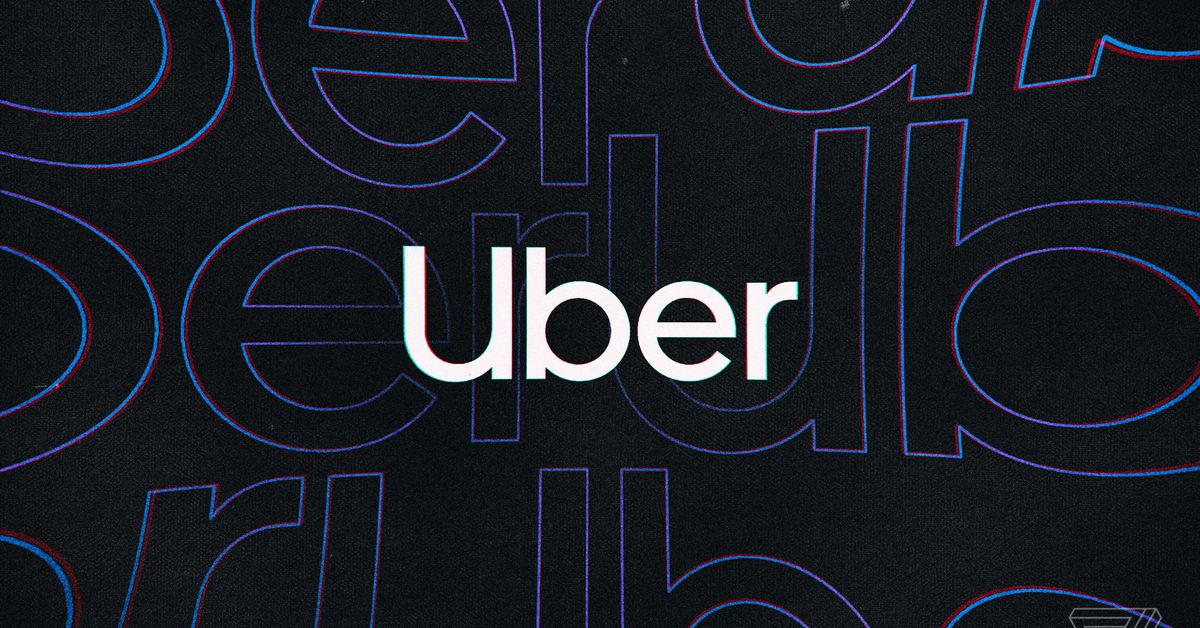
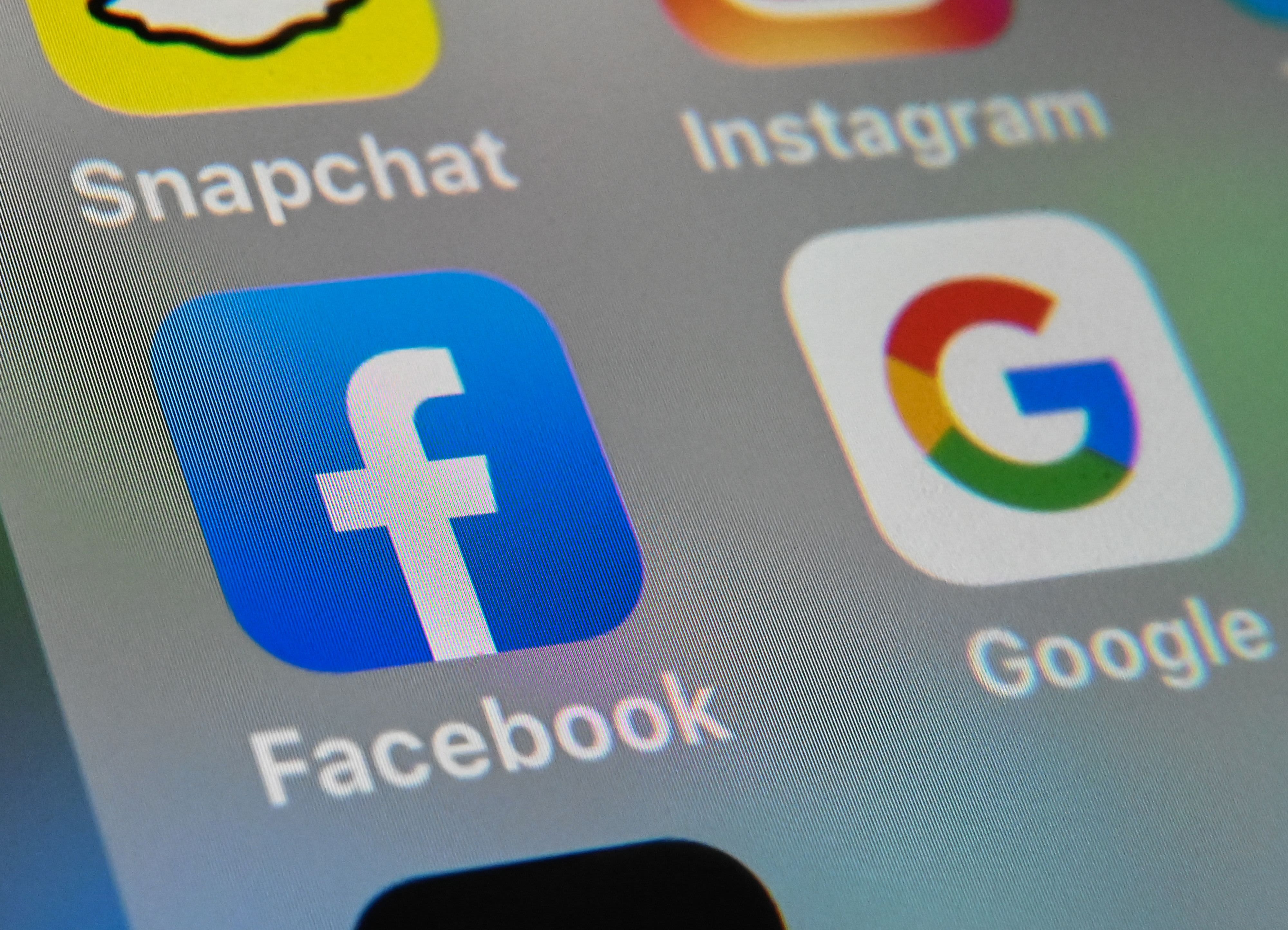














.jpg&h=630&w=1200&q=100&v=f776164e2b&c=1)
